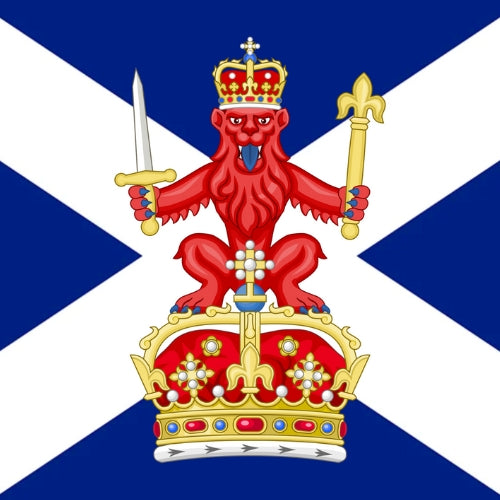In the annals of history, few names evoke as much intrigue, opulence, and cultural significance as the Medici family. Renowned as patrons of the arts, leaders of commerce, and influential rulers of Renaissance Italy, the Medicis left an indelible mark on Western civilization. Among their many legacies, the Medici coins stand as shining exemplars of artistic mastery, economic power, and historical prestige. In this article, we embark on a journey through the captivating world of Medici coins, exploring their significance, beauty, and enduring legacy.
The rise of the Medici dynasty can be traced back to the early 15th century when the family emerged as prominent bankers and merchants in Florence, Italy. Through astute financial acumen and strategic alliances, the Medicis amassed immense wealth and political influence, ultimately ascending to the ranks of Florentine nobility and producing multiple popes and rulers of Florence.
During their centuries-long reign, the Medicis transformed Florence into a thriving center of art, culture, and commerce, fostering the flourishing of the Renaissance. Their patronage supported the works of celebrated artists such as Michelangelo, Leonardo da Vinci, and Botticelli, leaving an indelible mark on the artistic landscape of Europe.
As influential leaders and patrons of the arts, the Medicis understood the power of coinage as a means of projecting their wealth, prestige, and authority. The coins minted under Medici rule reflected the family's status as rulers of Florence and bore their heraldic symbols, portraits, and emblems.
Medici coins were renowned for their exquisite craftsmanship and artistic sophistication, featuring intricate designs and meticulous detailing that showcased the skill of Renaissance mint masters. From gold florins to silver grosso coins, each piece bore the hallmark of Medici patronage and represented a tangible expression of the family's economic and political dominance.
The iconography of Medici coins was rich with symbolism and allegory, reflecting the values, aspirations, and legacy of the family. The obverse often featured the portrait of the ruling Medici ruler, adorned with symbols of power such as crowns, laurel wreaths, and coats of arms. The reverse depicted allegorical figures representing virtues such as justice, wisdom, and prosperity, reinforcing the Medici's image as benevolent and enlightened rulers.
In addition to their aesthetic appeal, Medici coins served practical purposes as well, facilitating trade, commerce, and diplomatic relations throughout Europe. Their widespread circulation and reputation for quality made them highly sought after by merchants, bankers, and collectors across the continent, further enhancing the Medici's prestige and influence on the world stage.
Today, Medici coins are prized by collectors and enthusiasts as rare and historically significant artifacts of the Renaissance era. While many examples of Medici coinage have been lost to time, those that remain serve as tangible reminders of the family's enduring legacy and cultural impact.
Collectors covet Medici coins for their historical provenance, artistic beauty, and intrinsic value as symbols of a bygone era of opulence and splendor. Whether housed in private collections, museum exhibits, or numismatic archives, Medici coins continue to captivate the imagination and inspire awe for their role in shaping the course of Western civilization.
In the pantheon of numismatic treasures, Medici coins occupy a place of honor and distinction as symbols of power, prestige, and artistic excellence. From their humble beginnings as bankers and merchants to their ascent as rulers of Florence, the Medicis left an indelible mark on the world of coinage, producing some of the most beautiful and historically significant coins of the Renaissance. As we admire these magnificent relics of the past, we are reminded of the enduring legacy of the Medici dynasty and their lasting contribution to the cultural tapestry of humanity.
